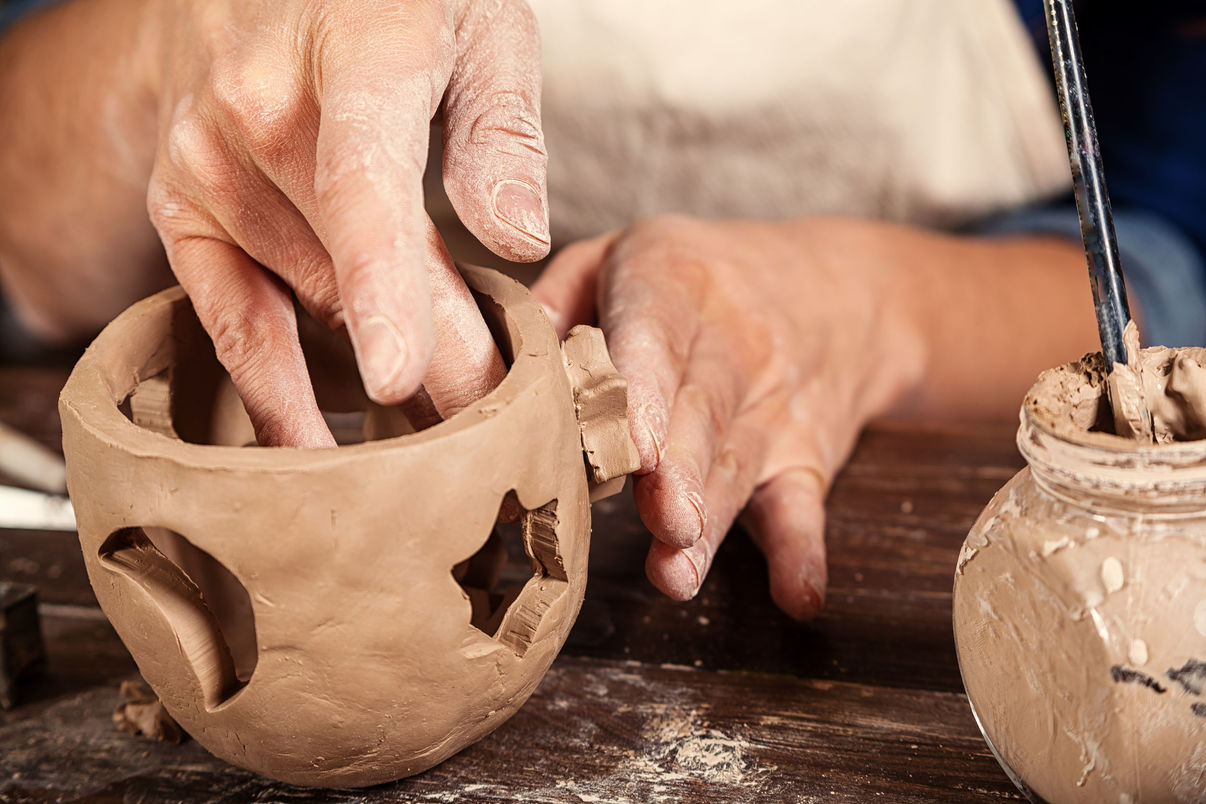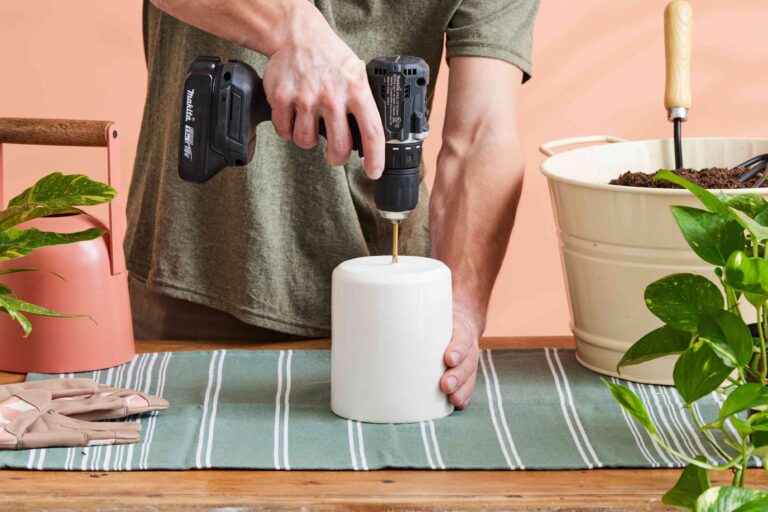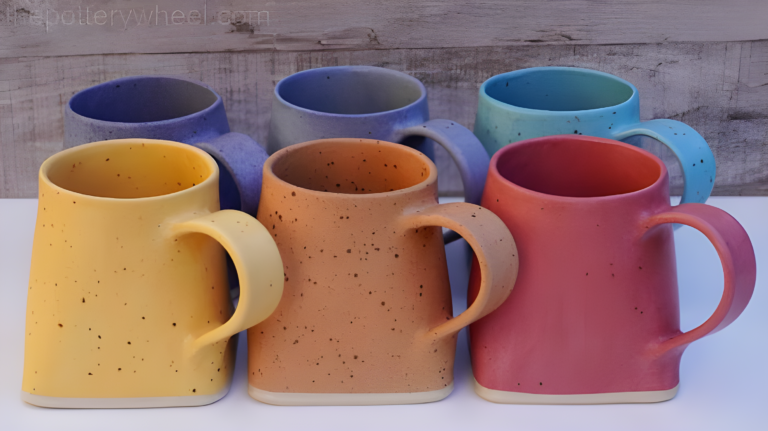The Art of Handbuilding Pottery for Beginners
Handbuilding pottery is one of the oldest and most versatile techniques in ceramics. Before the invention of the pottery wheel, ancient artisans used only their hands and simple tools to create functional and artistic forms from clay. Today, handbuilding remains a favorite method for both beginners and experienced ceramicists, offering endless possibilities for creativity.
Unlike wheel-throwing, which requires specific equipment and practice, handbuilding is more accessible and allows for greater artistic expression. Whether you want to make a simple pinch pot or a sculptural masterpiece, all you need is clay, some basic tools, and a willingness to experiment. <blockquote>Working with clay by hand allows you to slow down, connect with the material, and create truly unique pieces that reflect your personal style.</blockquote>
What Is Handbuilding?
Handbuilding is one of the oldest and most fundamental techniques in ceramics, allowing artists to shape clay using only their hands and simple tools—without the need for a pottery wheel. This technique dates back thousands of years, with the earliest known ceramic artifacts, such as the Venus of Dolní Věstonice, created as early as 28,000 BCE. Before the invention of the wheel, all pottery was handbuilt, making it a deeply historical and culturally significant method of working with clay.
Handbuilding gives artists and hobbyists the freedom to create a wide range of ceramic pieces, from functional tableware to intricate sculptures. Unlike wheel-thrown pottery, which requires a steady and symmetrical form, handbuilding allows for more organic, expressive, and textured designs. This makes it an excellent technique for beginners, as it requires minimal equipment and offers limitless creative potential.
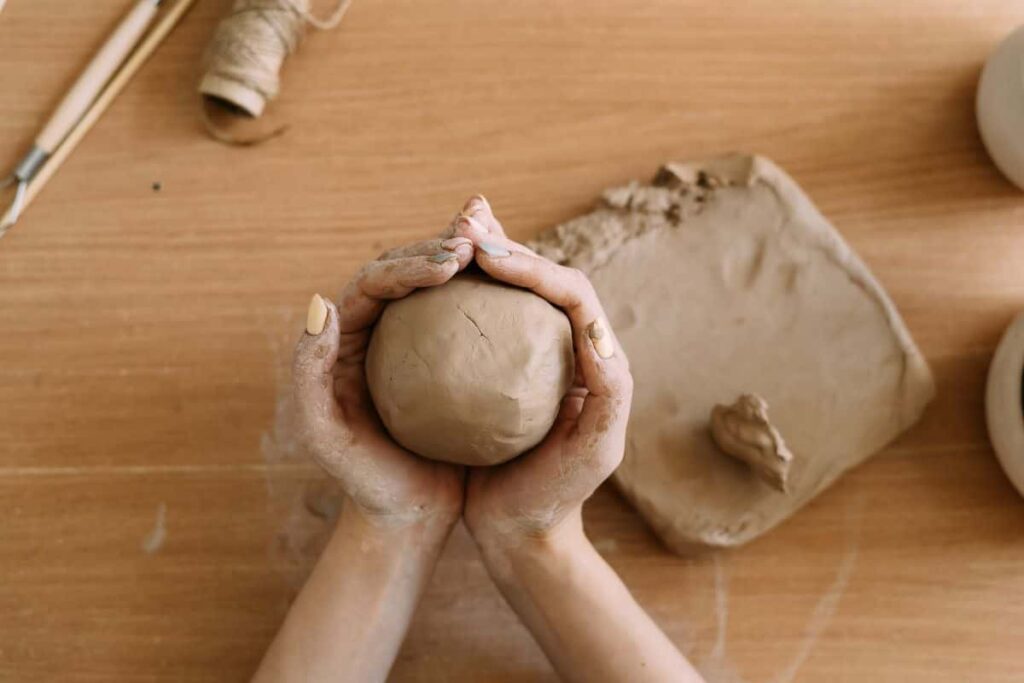
A great example of traditional handbuilding can be seen in indigenous pottery techniques worldwide. Many Native American tribes, for instance, have long used the coil-building method to create large vessels, decorating them with unique burnishing and slip techniques. A modern example is the work of artist Magdalene Odundo, who masterfully combines ancient handbuilding methods with contemporary sculptural forms, demonstrating the technique’s versatility and artistic potential.
Handbuilding is not just a method—it's a way to connect with the essence of ceramics, offering a hands-on, intuitive approach that celebrates the natural qualities of clay.
While the process may seem simple at first, mastering handbuilding involves learning three primary techniques: pinching, coiling, and slab construction. Each method provides a different approach to shaping clay, allowing artists to build pieces ranging from delicate bowls to large, intricate sculptures. Whether you’re new to ceramics or looking to explore more expressive forms beyond the wheel, handbuilding is a rewarding technique that offers both creative freedom and a deep connection to the history of pottery.
Key Handbuilding Techniques
Handbuilding ceramics involves three primary techniques: pinching, coiling, and slab building. Each method offers distinct possibilities for shaping clay, allowing artists to create everything from simple bowls to intricate sculptures. Unlike wheel-throwing, which emphasizes symmetry and speed, handbuilding encourages organic forms and textured surfaces, making it a versatile approach for both functional and artistic pottery.
Pinching: The Most Intuitive Method
Pinching is the simplest and most direct way to shape clay. It starts with a single ball of clay, which is gradually molded by pressing the thumb into its center and gently pinching outward to thin and expand the walls. This technique is excellent for beginners, as it requires no additional tools—just your hands and a sense of touch. Pinch pots often have an organic, handmade aesthetic, with slight variations that add to their character.
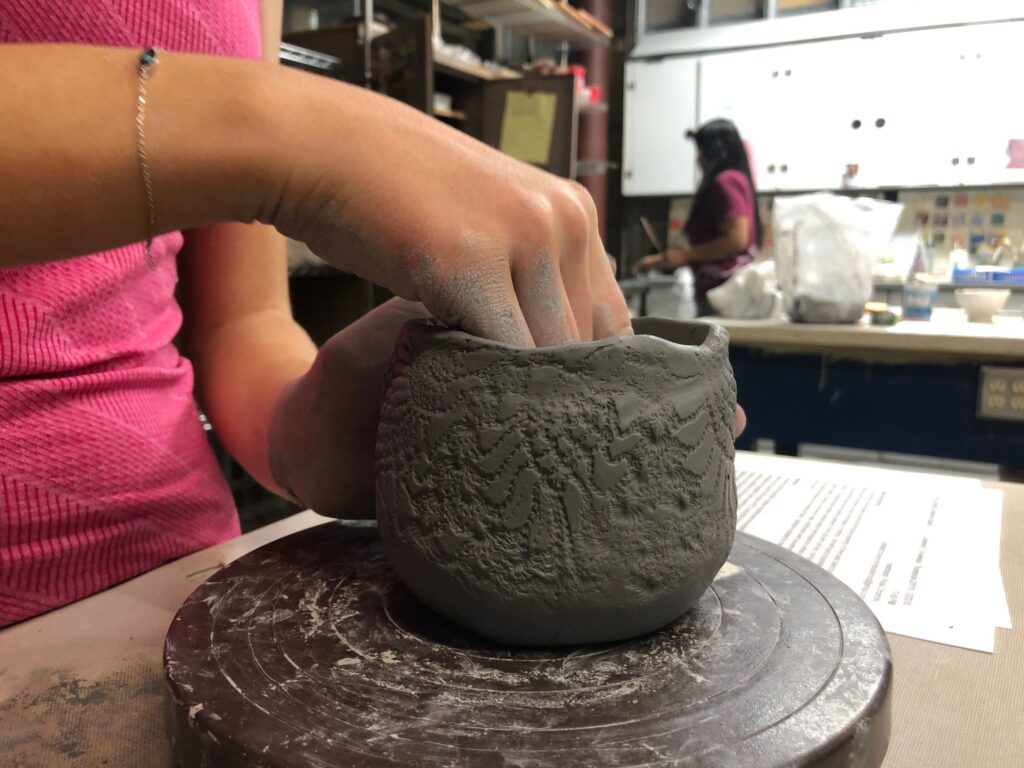
One famous historical example of pinch pot construction is seen in early Jōmon pottery from Japan, dating back to 14,000 BCE. These early clay vessels were shaped using pinching techniques and decorated with rope patterns, demonstrating how this simple method has been used for both functional and artistic purposes for millennia.
Pinching teaches potters to understand clay’s flexibility and responsiveness, making it an essential starting point for developing handbuilding skills.
Coiling: Building Strength and Scale
Coiling is a technique that allows for larger and more complex forms. It involves rolling out long, rope-like coils of clay and stacking them layer by layer to build the walls of a vessel. The coils are then smoothed or left exposed, depending on the desired texture. Coiling is particularly useful for creating tall vases, large bowls, and sculptural forms.
A notable example of coiling in practice is seen in the work of Native American potters, such as Maria Martinez of the San Ildefonso Pueblo. She perfected the technique of coiling to craft her famous black-on-black pottery, where burnished surfaces and matte designs create striking visual contrasts. Her work demonstrates how coiling can be both a structural and decorative process, offering control over shape and surface treatment.
Slab Building: Precision and Structure
Slab building involves rolling out flat sheets of clay, cutting them into shapes, and assembling them to form objects. This technique is excellent for creating geometric or architectural forms, such as boxes, trays, and even large sculptural pieces. Slabs can be draped over molds to create curved surfaces or joined at precise angles for structured designs.
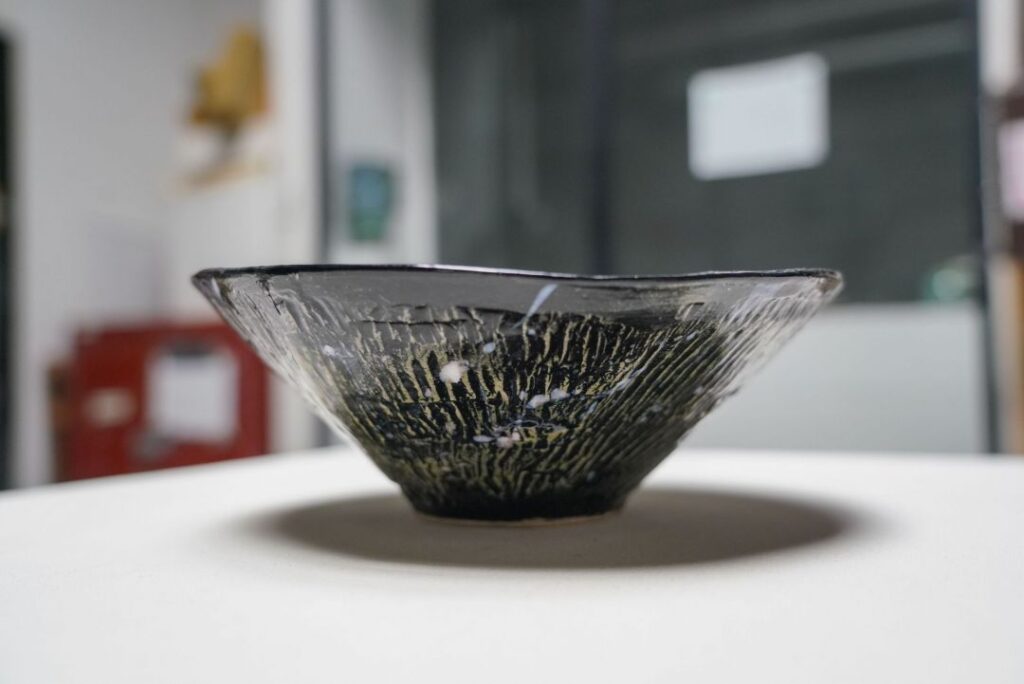
Contemporary ceramicists often use slab building to achieve clean, modern aesthetics. A great example is the work of British ceramic artist Alison Britton, who combines slab construction with hand-painted surfaces to create abstract, asymmetrical vessels that blur the line between sculpture and functional pottery.
Slab building allows for controlled and deliberate construction, making it ideal for those who enjoy planning and precision in their ceramic work.
Choosing the Right Technique
Each handbuilding method has its own strengths, and many potters combine techniques to achieve their desired results. Beginners often start with pinching to understand clay’s responsiveness, then move on to coiling for larger forms, and finally experiment with slab building for structured designs. Whether crafting a simple cup or an elaborate sculpture, mastering these techniques provides the foundation for limitless creative expression in ceramics.
Essential Materials and Tools
Handbuilding ceramics requires a few fundamental materials and tools that help shape, refine, and finish clay pieces. While handbuilding primarily relies on the artist’s hands, specialized tools enhance precision, texture, and detail. Whether you are a beginner or an experienced potter, understanding the purpose of these tools can greatly improve your craftsmanship.
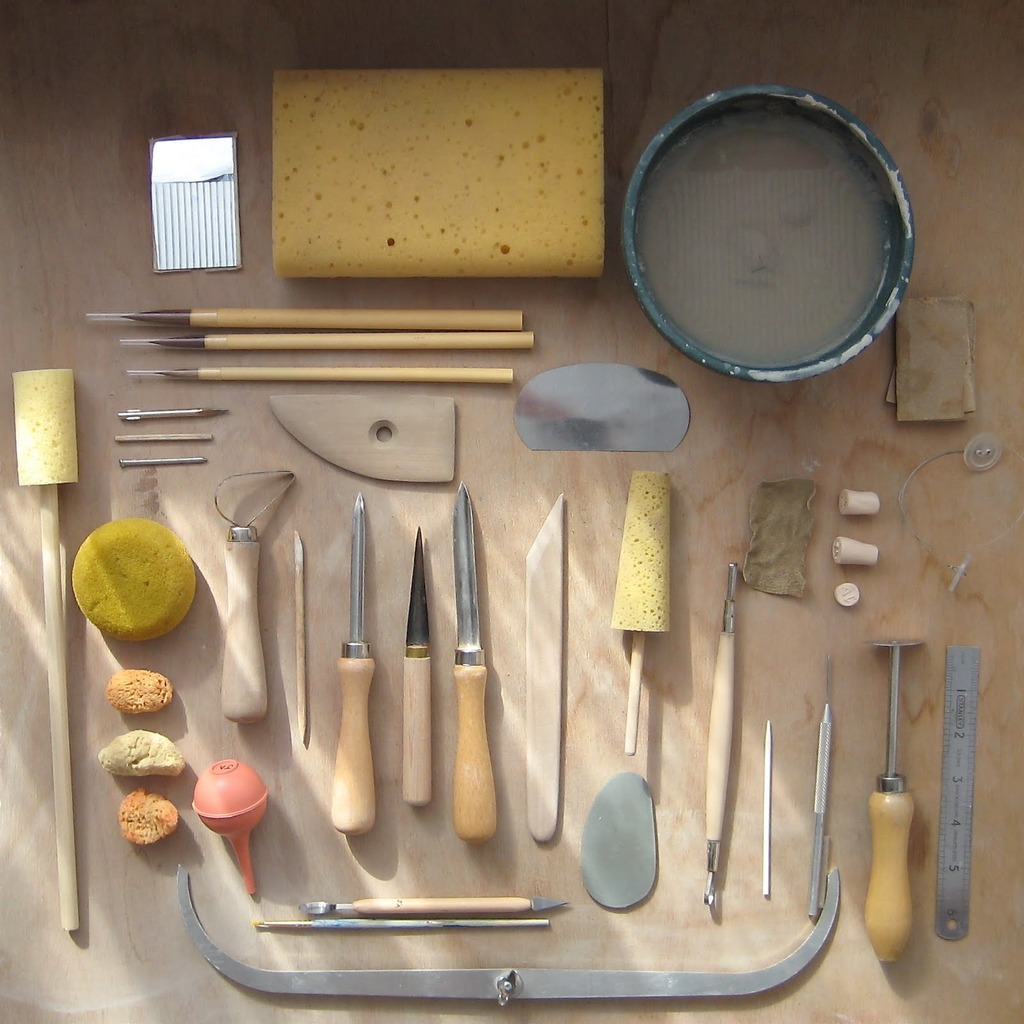
Clay: The Foundation of Every Piece
The most important material in handbuilding is, of course, clay. Different types of clay offer unique properties suited for various techniques:
- Earthenware — A low-fire clay that remains slightly porous unless glazed. It’s soft, easy to shape, and ideal for coiling and slab work.
- Stoneware — A mid- to high-fire clay that becomes strong and durable when fired. It’s great for functional pottery.
- Porcelain — A fine, high-fire clay that is smooth and delicate but requires more skill due to its tendency to dry quickly and crack.
For example, Japanese raku pottery is traditionally made with groggy, shock-resistant clay, allowing pieces to withstand rapid temperature changes during firing.
Choosing the right clay body impacts how a piece is shaped, dried, and fired, so it’s important to match the clay to the intended project.
Hand Tools: Shaping and Refining Clay
While hands play the biggest role in handbuilding, a variety of tools help refine forms and add details.
- Wire Cutter — Used for slicing clay from large blocks and cutting through finished forms.
- Wooden or Metal Ribs — Help smooth surfaces and refine shapes, especially in slab building.
- Loop & Ribbon Tools — Essential for carving, trimming, and hollowing out clay.
- Needle Tool — Used for scoring, marking, and fine detailing.
- Sponge — Helps keep clay moist while working and smooths surfaces.
A great example of tool use is seen in Pueblo pottery, where artists burnish their pieces with smooth stones to achieve a glossy finish without glaze. This technique enhances the clay’s natural beauty while maintaining a traditional, handcrafted feel.
Texturing & Decorative Tools
Handbuilding allows for rich textural details, often created using simple tools:
- Stamps & Rollers — Used to imprint patterns onto the clay’s surface.
- Fabric & Lace — Pressed into clay for intricate designs.
- Slip & Engobe Applicators — Used to add layers of colored clay before firing.
A well-known example of texturing is found in ancient Jōmon pottery from Japan, where early potters pressed cords into wet clay to create distinctive patterns. This method highlights how simple materials can produce striking surface designs.
Supporting Equipment: From Start to Finish
- Bat (Board) — A flat surface that supports work during construction and drying.
- Rolling Pin or Slab Roller — Used to create even clay sheets for slab building.
- Scoring Tool & Slip — Necessary for securely joining clay pieces.
- Plastic Wrap & Damp Box — Prevents clay from drying too quickly while working on projects over multiple days.
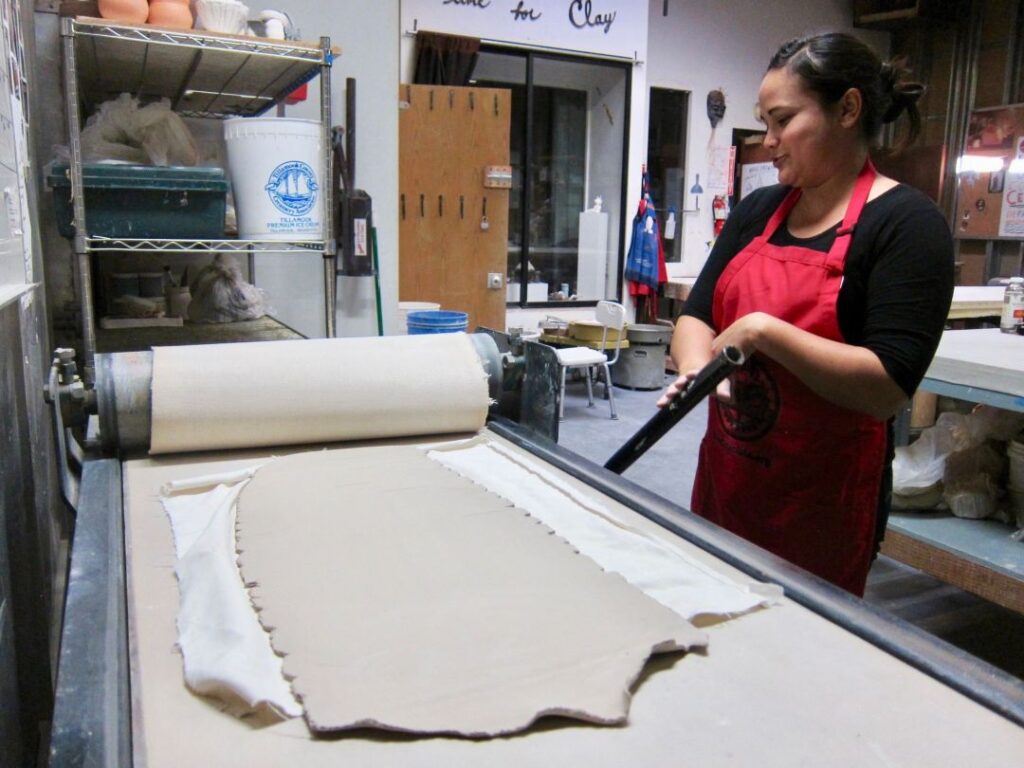
Proper tools not only aid in construction but also help maintain the integrity of a piece throughout the drying and firing process.
Bringing It All Together
Mastering handbuilding is about understanding both the material and the tools. While some artists prefer minimal tools, others embrace specialized equipment to achieve precise details. Whether using a simple wooden rib or an intricately carved stamp, each tool plays a role in transforming raw clay into a finished ceramic masterpiece.
Handbuilding Project Ideas
Handbuilding offers endless creative possibilities, from simple functional pieces to intricate sculptural works. Whether you’re a beginner experimenting with basic forms or an experienced ceramicist pushing artistic boundaries, handbuilding allows for unique, personal expressions in clay. Here are some inspiring project ideas to explore, along with real-world examples showcasing these techniques in action.
1. Organic Pinch Pots
A great starting point for any handbuilder, pinch pots are made by shaping clay with just your fingers and thumbs. While simple in concept, they can be refined into elegant bowls, cups, or even small planters.
🔥 Example: The Mimbres pottery of the ancient American Southwest features beautifully decorated pinch pots with bold geometric patterns and animal motifs. Modern potters often replicate this style with contemporary designs.
How to elevate this project: Experiment with asymmetrical shapes, textured surfaces, or combine multiple pinch pots into sculptural forms.
2. Sculptural Coiled Vases
The coil method isn’t just for basic forms—it can create dynamic, expressive sculptures. By stacking and blending coils, you can build intricate vases, abstract sculptures, or even figurative works.
🔥 Example: Traditional African coil-built vessels, such as those from the Zulu or Mangbetu cultures, are known for their organic forms and detailed incised patterns. These techniques are still widely used today in contemporary ceramics.
How to elevate this project: Try leaving coils exposed for a decorative effect, or manipulate the structure into undulating, free-flowing shapes.
3. Slab-Built Mugs & Teapots
Slab building allows for clean, geometric forms and precise construction, making it ideal for functional pottery like mugs, teapots, and even angular vases. This technique is particularly useful for creating straight-sided pieces that are difficult to achieve with other methods.
🔥 Example: Many modern ceramic artists, like Lisa Naples, use slab techniques to craft unique, storytelling-inspired teapots with hand-painted details.
How to elevate this project: Incorporate textured slabs, cut-out patterns, or intricate handle designs for a personalized touch.
4. Decorative Wall Tiles & Reliefs
Clay tiles offer an excellent canvas for experimenting with textures, carving, and glazing techniques. They can be used for murals, coasters, or decorative panels.
🔥 Example: The famous Iznik tiles of Turkey showcase intricate floral and geometric designs, demonstrating how ceramics can be both functional and highly decorative.
How to elevate this project: Create a series of interconnected tiles forming a larger image, or use press-molding techniques to achieve intricate 3D reliefs.
5. Handbuilt Ceramic Lanterns
Carving into handbuilt clay structures creates beautiful light effects, making lanterns a rewarding project. Using a combination of slabs and coiling, you can design intricate cut-out patterns that allow light to filter through.
🔥 Example: Moroccan ceramic lanterns feature stunning perforated designs that cast mesmerizing shadows when illuminated. Many potters adapt this style to create contemporary lighting pieces.
How to elevate this project: Use colored translucent glazes or integrate mixed materials like wood or metal for a striking combination of textures.
6. Whimsical Clay Houses & Fairy Gardens
Miniature clay houses, castles, and fairy dwellings are popular among ceramic artists who enjoy storytelling through sculpture. These can be functional (as incense burners or candle holders) or purely decorative.
🔥 Example: German ceramicist Matthias Hübner creates enchanting, handbuilt ceramic houses with intricate textures and fantasy-inspired designs.
How to elevate this project: Add interactive elements like tiny doors that open, textured stone walls, or mix different clay bodies for a rustic effect.
7. Nature-Inspired Serving Dishes
Handbuilt serving dishes, inspired by leaves, flowers, or organic shapes, bring an artistic touch to functional pottery.
🔥 Example: Many Japanese potters create ceramic plates mimicking natural textures, such as the ridges of seashells or the veins of leaves, often using hand-pressing techniques.
How to elevate this project: Experiment with colored slips or glazing techniques that enhance natural textures, or shape dishes by draping slabs over found objects like bowls or logs.
Final Thoughts
Handbuilding is more than just a technique—it's a gateway to limitless creativity in ceramics. Unlike wheel throwing, which emphasizes symmetry and precision, handbuilding allows for a more intuitive and sculptural approach, making it an excellent choice for both beginners and experienced potters.
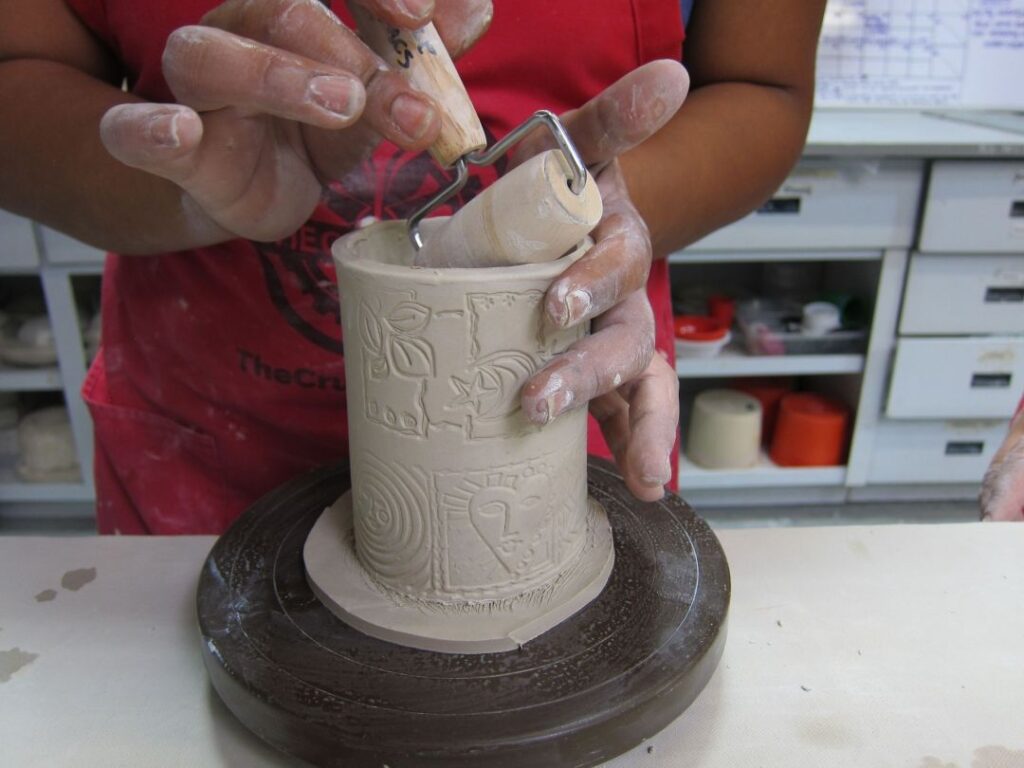
One of the most rewarding aspects of handbuilding is its accessibility. With just a few simple tools and a block of clay, you can create anything from functional tableware to intricate sculptures. The process encourages experimentation, and every piece reflects the maker’s unique touch.
«The beauty of handbuilt pottery lies in its imperfections—the fingerprints, the uneven edges, the marks of the maker’s hands. These elements give handmade ceramics their warmth and authenticity.»
As you continue your handbuilding journey, embrace the learning process. Each project, whether successful or flawed, teaches valuable lessons about clay’s behavior, construction techniques, and artistic expression. Keep practicing, explore new methods, and don’t be afraid to push the boundaries of traditional pottery.
If you’re looking for structured learning, consider joining a local ceramics studio, taking an online course, or simply dedicating time to self-exploration with clay. The more you work with your hands, the more confident and skilled you’ll become.
Handbuilding is an ancient art form, but it remains one of the most personal and expressive ways to work with clay. Whether you’re crafting a simple pinch pot or an elaborate sculpture, every piece tells a story—your story. So, keep creating, keep learning, and most importantly, enjoy the journey.


